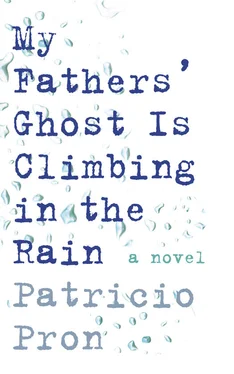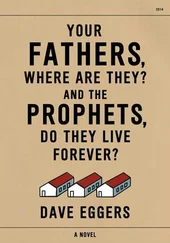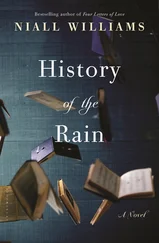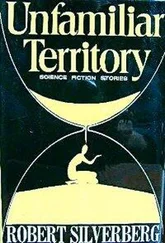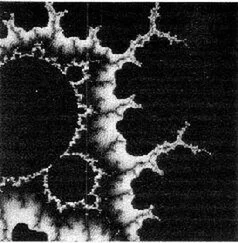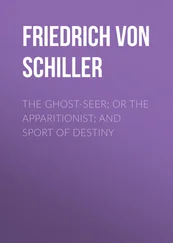In 1914 Mr. Victorio De Lorenzi and Mr. Marcos de la Torre bought the land where [illegible] and in 1918 some expansions were undertaken, the police station and an [illegible] assembly hall was built. In 1941 when the fiftieth anniversary of El Trébol was celebrated they [illegible] the resolution to erect a monument. The sculptress Elisa Damiano [illegible] was entrusted with the creation of said monument. The sculpture was designed atop a base of four figures with intertwined hands symbolizing the human prototypes of our region. It was crowned by a figure of a woman symbolizing the abundance of the harvest, depicted by a sheaf of wheat and a bag of grain. The plaque placed on the western face has this inscription: “The town of El Trébol to its first immigrants.”
In 1901 a small group of Spaniards established the Spanish Society, in 1905 [illegible] the exclusive work of the members since they built it themselves, working on Sundays and thus managed to open the Teatro Cervantes. Between 1929 and 1930 the theater, interior furnishings and dressing rooms were expanded. The main holiday was the Spanish Processions, celebrated on the 12th of October, Día de la Raza. Grand dances were organized and the hall was lit with gas lanterns because there was no electricity. There were hired bands and bagpipers. The musicians came from Buenos Aires, and the townspeople waited for them at the train station, marching from there through the streets, handing out lit torches to those accompanying the bands [illegible] collapses in 1945 [illegible].
In 1949 it was resolved to erect a Flagpole and an Altar to the Nation in the center of the plaza, for which the traditional [illegible] was demolished. In addition the plaza was given the name of General San Martín [illegible] inaugurate the first Catholic church in El Trébol, dedicated to Saint Lawrence the Martyr. In 1921 the Priest Joaquín García de la Vega was [illegible] and in 1925 was placed [illegible] monumental building in Tuscan Renaissance style [crossed out].
In September [added in pencil: “1894”] Enrique Miles, Santiago Rossini and José Tais were appointed to build the cemetery. On November 19th of that same year the Italian Mutual Benefit Society “Italian Star” was officially established. In the year 1896 the first gravedigger was named, Casimiro Vega [illegible]. In the year 1897 they decided to build the municipal abattoir [illegible]. On the 16th of September 1946 the Athletic Club was founded. The [illegible] inaugurated the Volunteer Blood Donors Club.
In the year 1984 the necessary steps were taken to raise the town to the status of city through sanction of a provincial law [illegible].
National Day of the Milking Machine [illegible] construction of the first mechanical milking machine in South America [illegible] the National Queen, selected from representatives of the Santa Fe geographical province.
The first party was organized by the Club Atlético Trebolense, in [illegible] of the Tango: due to the notable boost that the city’s music experienced in El Trébol during the last [illegible] that played for its native sons [crossed out] in the month of February in the brand-new permanent parade grounds, organized by the Town Hall of El Trébol, where one can enjoy the procession of floats, bands, Carnival Queen contestants, a foam machine and the popular dance [illegible] in the heart of what is called the “Humid Pampa,” the most important cereal growing region in South America and one of the most important in the world in terms of the quality and quantity of arable land, suitable for all types of vegetable species and livestock rearing.
Another article, from the same paper as the others and published on June 6, 2008:
Commissioner Odel Bauducco gave details to “ElTrebolDigital” [ sic ] about the intense search that is being realized. “From a personal and professional standpoint, I began to work on the search for this person. The Firemen offered to work and they are working beside us combing the area. For example, yesterday the Fire Department worked in the rural area, in María Susana, Bandurrias and Los Cardos, without results.” On the crossing of borders in the search to find him, Bauducco noted: “On that very Sunday, a photo of this person arrived in every police station in the country. We can trace his movements up to six on Sunday evening, when this person went to a private residence. After that nobody has been able to tell me anything more. I can’t comment on what he did or what was said in that residence because the matter is sub judice.”
The Commissioner also rejected some rumors that have traveled the streets in the last few hours: “I am not aware that someone saw him on Monday morning at a bank. The debit card was found before he was last seen. I even have in my possession the ticket print-out receipt of the card that was found in his domicile. Now we are asking people who know something about him to come forward with information.”
On a printed page, there is a series of facts that seem to have been taken from an encyclopedia—“32°11′21″S 61°43′34″O; 92 meters above sea level; 344 km?; 10,506 inhabitants, approximately; term used to refer to the inhabitants: trebolense; postal code: S2535; telephone prefix: 03401”—and below that are some handwritten notes, probably made by my father: “two soccer teams: the Club Atlético Trebolense and the Club Atlético El Expreso; ‘Sky Blue’ and ‘The Green Bug’; and the ‘Club San Lorenzo,’ which is next to the church; four primary schools and two secondary schools and one special needs school; 16,000 inhabitants.”
No news on the Burdisso case. Alberto José Burdisso hasn’t shown up. The earth must have swallowed him up last Sunday. A week now since his disappearance, the information and clues are skimpy. Only his debit card has appeared, stuck in the ATM of the Banco Nación on Saturday. After that nothing more is known. The fliers distributed by his coworkers indicate their desperation and interest in finding leads. The police have said nothing or very little and the rest is sub judice. The Volunteer Firemen finished their search of the entire region last Thursday. The rumor that the body of the missing employee of the Club Trebolense was found lifeless in a well was quickly denied. They past [ sic ] declarations to the police and, in addition, conducted searches of different places. We, the citizens of El Trébol, demand an explanation or a response to a mystery that we cannot ignore, because this could happen to all of us.
El Trébol Digital , June 9, 2008
A flier, its upper left corner wrinkled, carries the same photograph of the missing man that accompanied the article on June 4, and the text
ALBERTO JOSÉ BURDISSO.
WHEREABOUTS UNKNOWN.
LAST SEEN ON JUNE 1, 2008.
COMMUNICATE ANY INFORMATIONS [ SIC ]
TO HIS COWORKERS AT C. A. TREBOLENSE,
POLICE 101, FIREMEN 100
ANY INFORMATION APPRECIATED, COWORKERS.
A survey, published in the same local paper under the title “What Do You Think About the Burdisso Case?” reveals the main theories about the disappearance and the reactions of the town’s inhabitants. The results are the following:
He’s going to show up (2.38 %); He’s never going to be seen again (13.10 %); He’s going to be found alive (3.57 %); He’s going to be found dead (25.00 %); He moved without telling anyone (4.76 %); This was a crime of passion (25.00 %); He was kidnapped (8.33 %); He is dead by natural causes (3.57 %); He left town for some reason (2.38 %); I don’t know what to think (11.90 %).
Читать дальше
